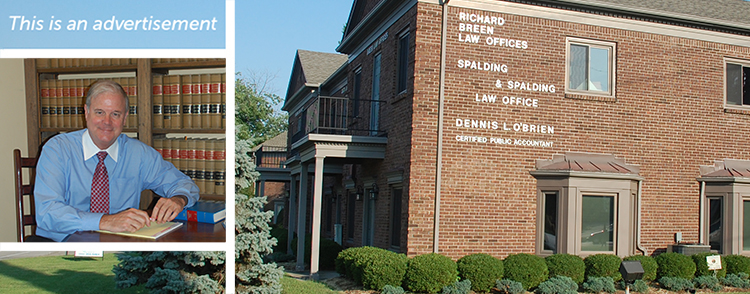 Those thinking about bankruptcy should consider it carefully. Bankruptcy can allow you to make a fresh start, but it also comes with a few caveats: for example, your bankruptcy filing will show up on your credit report for 7 to 10 years and lower your credit score.
Those thinking about bankruptcy should consider it carefully. Bankruptcy can allow you to make a fresh start, but it also comes with a few caveats: for example, your bankruptcy filing will show up on your credit report for 7 to 10 years and lower your credit score.
These caveats shouldn’t prevent you from filing if bankruptcy will truly help you. Many Americans mistakenly believe that if they file for bankruptcy, they will never have good credit again and will never be able to buy a house or car. They think that their finances will be forever ruined, but that is simply not true.
Picking yourself up from a bankruptcy takes time and effort. Nonetheless, it is nowhere near impossible. According to a recent article in the New York Times, people who file for bankruptcy may be able to receive a mortgage in as little time after the bankruptcy as a year.
A person who filed for Chapter 13 bankruptcy may be able to get a mortgage guaranteed by the Federal Housing Administration after one year. That length of time is two years for Chapter 7 filers, which are more common. (Nearly 70% of bankruptcies filed are Chapter 7). Mortgages from Fannie Mae and Freddie Mac will require a longer wait, from two to four years.
If you work to reestablish your credit and credibility following your bankruptcy, you will most likely be able to rebuild your finances. You can rebuild your credit by paying your rent and utility bills on time and by using a credit card and paying it on time or early.
If your bankruptcy occurred because of unfortunate, short-term circumstances, such as illness, divorce, or the death of your spouse, the waiting period to get a mortgage could be shorter than the guidelines. However, you will most likely have to write a letter explaining your hardship and include documentation to prove it.
If you have questions about rebuilding your credit and financial situation after bankruptcy, contact a bankruptcy attorney at Spalding & Spalding.








Speak Your Mind